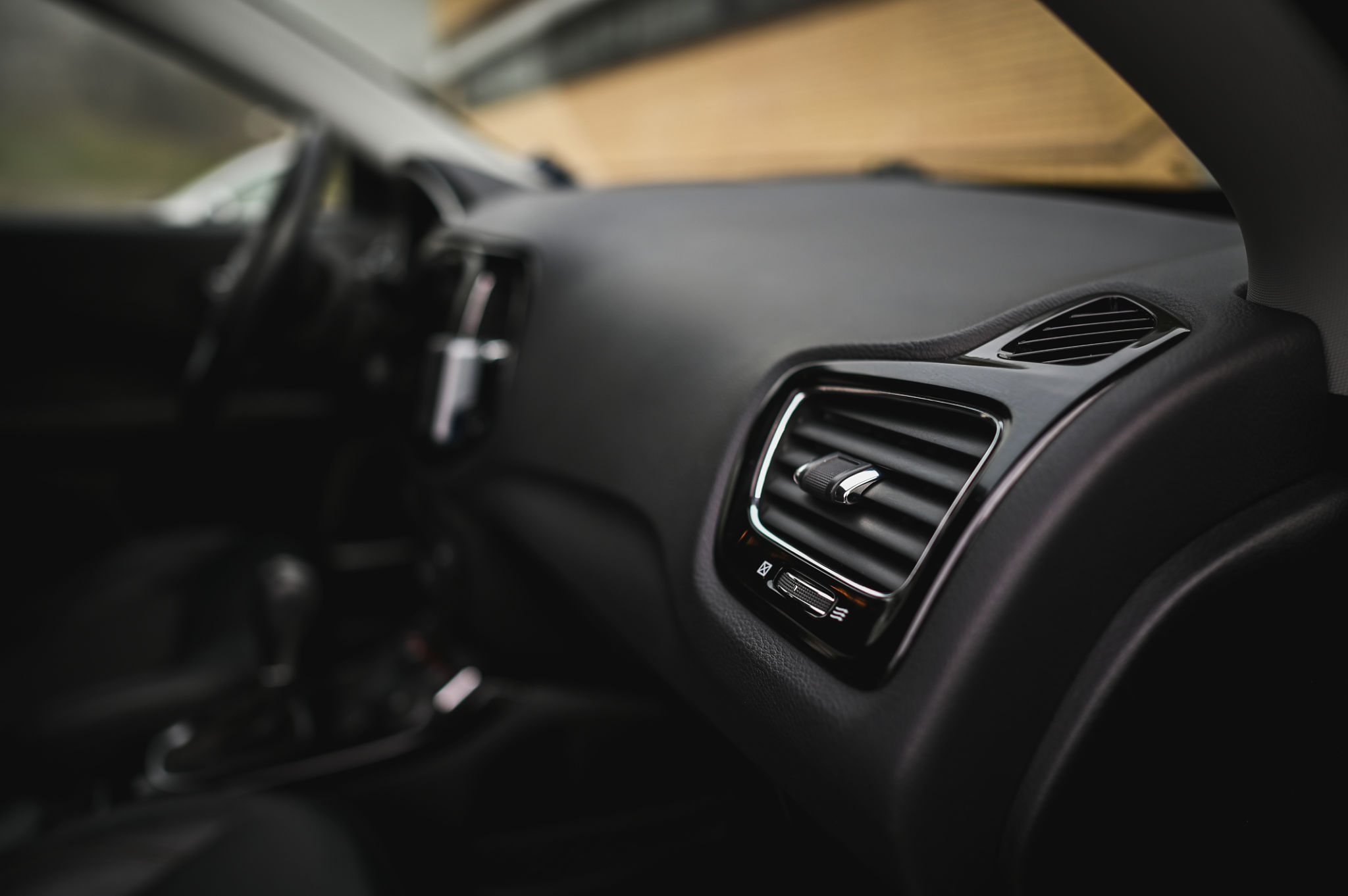Navigating Car Warning Lights: A Comprehensive Guide for Bristol Drivers
Understanding the Basics of Car Warning Lights
Driving around Bristol, you'll likely encounter various car warning lights on your dashboard. These lights are essential indicators of your vehicle's health, alerting you to potential issues that require attention. Understanding these signals can help prevent breakdowns and costly repairs.

Common Car Warning Lights and Their Meanings
Car warning lights fall into two main categories: red and orange/yellow. Red indicates a serious issue requiring immediate attention, while orange/yellow suggests a problem that needs checking soon.
Some common warning lights include the engine light, oil pressure warning, and brake system alert. Each of these lights serves a critical purpose in maintaining your vehicle’s performance and safety.
Engine Warning Light
The engine warning light, often illustrated as an engine block, signals a potential problem with your car's engine. When this light appears, it could indicate anything from a minor issue, such as a loose gas cap, to more serious engine troubles.

Oil Pressure Warning Light
The oil pressure warning light, resembling an oil can, alerts you when the oil pressure is too low. This could be due to a leak or insufficient oil levels, which can cause significant engine damage if not addressed promptly.
To avoid complications, check your oil levels regularly and schedule routine maintenance to ensure your engine remains in optimal condition.
Brake System Alert
The brake system alert light, typically represented by an exclamation mark inside a circle, indicates an issue with your braking system. This could range from worn brake pads to low brake fluid levels. Ensuring your brakes are functioning correctly is crucial for safe driving.

What to Do When a Warning Light Appears
When a warning light appears on your dashboard, it’s essential to act promptly. Here’s a quick guide on what to do:
- Stop safely: If a red warning light appears, find a safe place to pull over as soon as possible.
- Check the manual: Refer to your car’s manual to understand the specific issue.
- Consult a professional: If you’re unsure of the problem, it’s best to seek advice from a qualified mechanic.
Preventative Measures for Bristol Drivers
To avoid unexpected warning lights, regular vehicle maintenance is key. Adopting a preventative approach helps ensure your car remains in top condition, reducing the likelihood of encountering warning lights.

Conclusion
Understanding and responding to car warning lights is crucial for maintaining your vehicle’s health and ensuring safety on the roads of Bristol. Regular checks and maintenance can prevent minor issues from becoming major problems, keeping you and your car running smoothly.
